




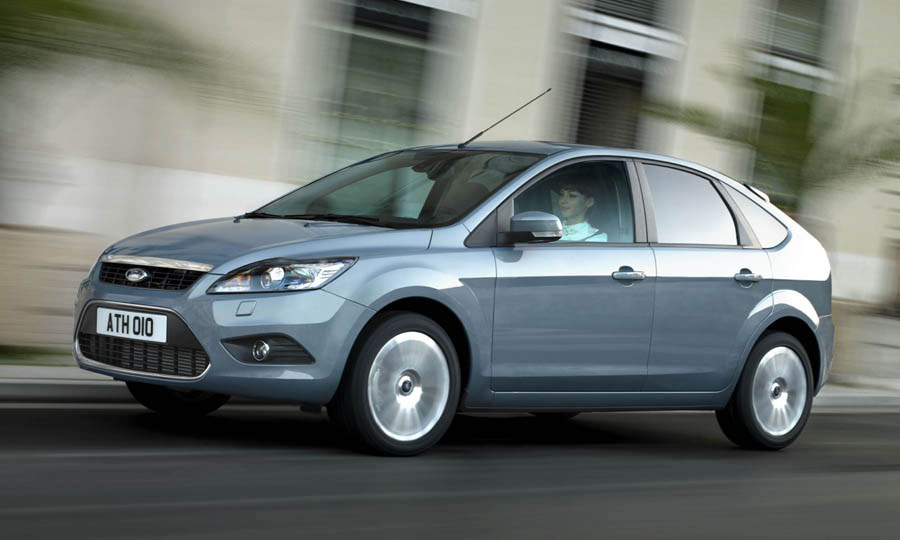
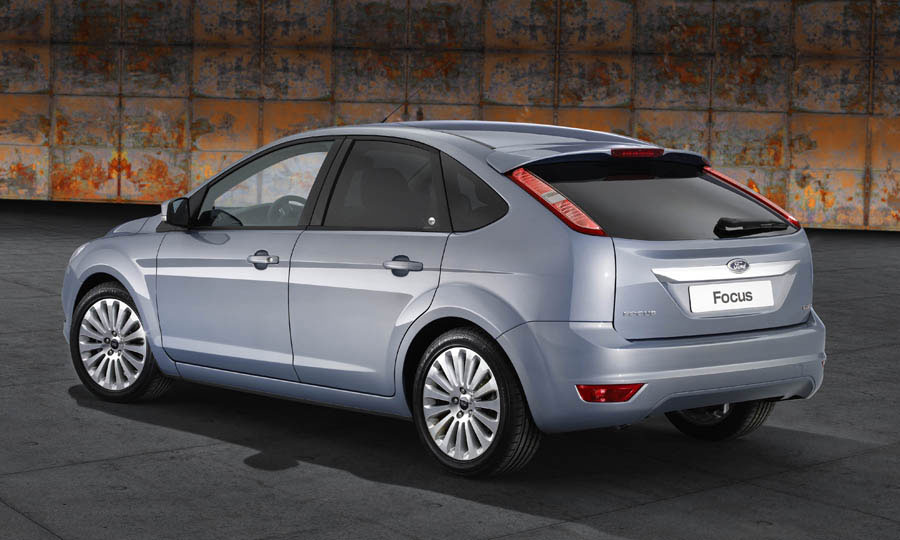

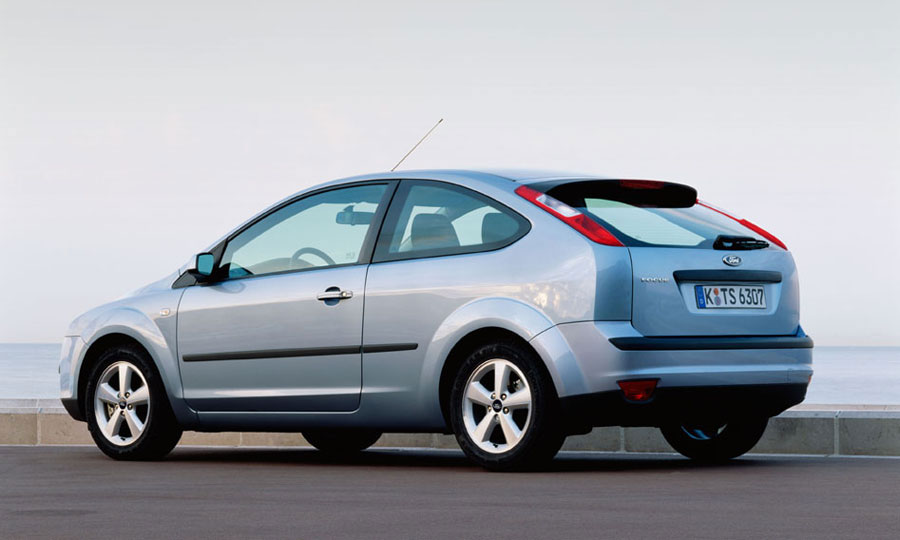
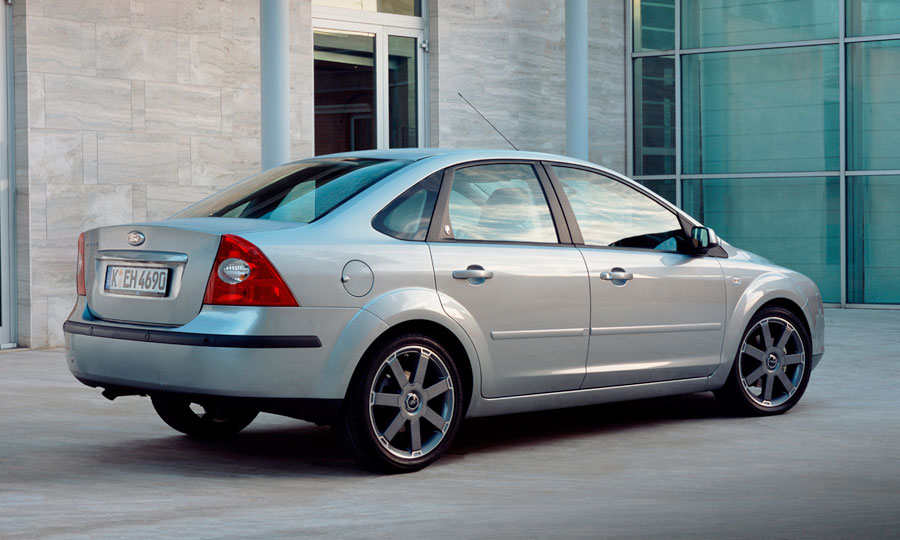

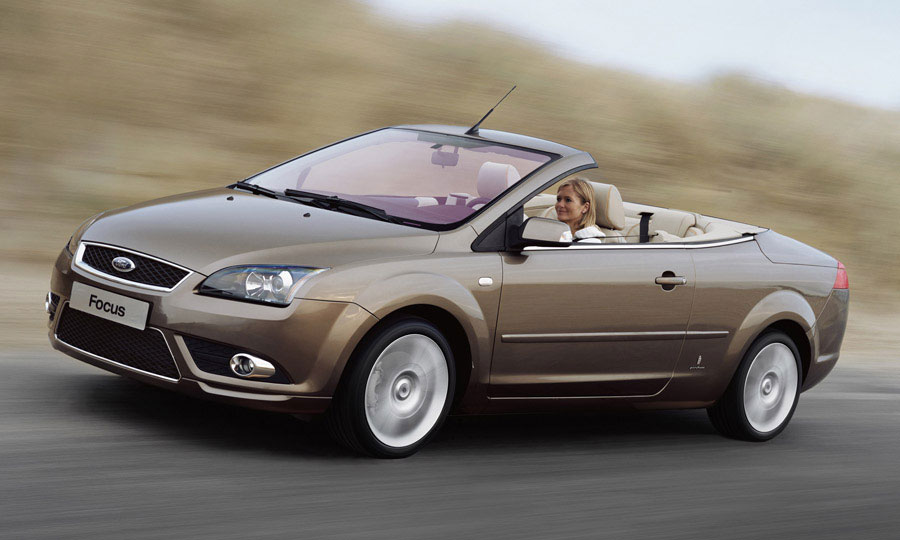
The second-generation Focus didn't create the same stir its predecessor did. Introducing significant improvements was always going to be tough, but Ford pulled it off somehow; the Mk2 Focus was sleeker, better to drive, more reliable and more refined than its predecessor. Thanks to it being the UK's best-selling new car month after month, there are huge numbers available - with an engine, trim and bodystyle for everyone.
Key Dates
9/04: The second-edition Focus arrives in three or five-door hatchback, saloon and estate forms. Engine options span 1.4 petrol to a 2.0-litre diesel.
3/06: A 1.8-litre petrol engine arrives.
9/05: The 221bhp Focus ST appears,
7/06: A coupé-cabriolet is introduced.
12/07: A facelifted Focus brings sharper looks, a much better interior and cleaner engines. The 1.6 TDCi Econetic is introduced.
1/09: The 301bhp Focus RS appears.
Ford Focus (2004-2011) Checklist
- Clicking noises on the 1.6 auto requires re-routing of the gear shift's control cable.
- Coupé-cabriolets can suffer from sealing issues.
- Estates can leak because of poor sealing around the tailgate hinges.
- Diesel engines can revert to limp-home mode when the intercooler pipe cracks or through throttle butterfly faults.
- The dipstick on 1.6 diesels can fall apart.
- Replacing the passenger side headlamp bulb isn't easy.
- The windscreen can leak in the top centre while the front door seals also work loose.
- The trailing edge of the front wheelarches can corrode.
- Windscreen washer pipes leak, allowing water to drain into the spark plug holes, leading to the plugs seizing in place.
- Starting and running problems can be due to the battery draining overnight; the only fix is a software update.
We Like
- Value
- Dynamics
- Practicality
We Don't Like
- Ubiquity
- Breathless 1.4 petrol
